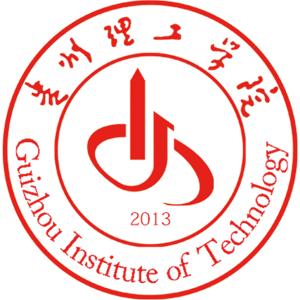详细信息
Crop Cultivation Reshapes Soil Microbiomes to Drive Heavy Metal Mobilization in Restored Mining Areas ( SCI-EXPANDED收录)
文献类型:期刊文献
英文题名:Crop Cultivation Reshapes Soil Microbiomes to Drive Heavy Metal Mobilization in Restored Mining Areas
作者:Lan, Xiaolong Liao, Xinyin Xiao, Jiaxin Jia, Yanlong Lin, Wenjie Huang, Zhongwen Ning, Zengping Xiao, Tangfu Xiao, Enzong
第一作者:Lan, Xiaolong
通信作者:Lin, WJ[1];Lin, WJ[2];Xiao, EZ[3]
机构:[1]Hanshan Normal Univ, Sch Chem & Environm Engn, Chaozhou 521041, Peoples R China;[2]Hanshan Normal Univ, Inst Environm Chem & Technol, Chaozhou 521041, Peoples R China;[3]Guizhou Inst Technol, Sch Resources & Environm Engn, Guiyang 550002, Peoples R China;[4]Chinese Acad Sci, State Key Lab Environm Geochem, Inst Geochem, Guiyang 550081, Peoples R China;[5]Guangzhou Univ, Sch Environm Sci & Engn, Guangzhou 510006, Peoples R China
第一机构:Hanshan Normal Univ, Sch Chem & Environm Engn, Chaozhou 521041, Peoples R China
通信机构:corresponding author), Hanshan Normal Univ, Sch Chem & Environm Engn, Chaozhou 521041, Peoples R China;corresponding author), Hanshan Normal Univ, Inst Environm Chem & Technol, Chaozhou 521041, Peoples R China;corresponding author), Guangzhou Univ, Sch Environm Sci & Engn, Guangzhou 510006, Peoples R China.
年份:2025
卷号:15
期号:8
外文期刊名:AGRICULTURE-BASEL
收录:;Scopus(收录号:2-s2.0-105003574618);WOS:【SCI-EXPANDED(收录号:WOS:001474735100001)】;
基金:This research was funded by the Guizhou Provincial Key Technology R&D Program (Project No. [2021]492), National Natural Science Foundation of China (42307345), and Project of Educational Commission of Guangdong Province of China (2023KSYS007, 2023KTSCX078, 2023KCXTD023, 2020ZDZX1032).
语种:英文
外文关键词:crop cultivation; soil microbiome; heavy metal mobilization; restored mining area
摘要:Mining activities cause substantial heavy metal release. Ecosystem restoration is considered one of the most effective ways to prevent heavy metal mobilization in mining areas. Previous studies have suggested that microorganisms play crucial roles in heavy metal transport in heavy metal-contaminated farmland soils. However, the interactions between the geochemical fractions of heavy metals and microbial communities under crop cultivation in restored mining areas are still unclear. In this study, we systematically collected farmland soil (FS) and grassland soil (GS) from a restored mining area to reveal the effects of crop cultivation on the composition of soil microbiomes and their potential roles in heavy metal mobilization. The results revealed that the exchangeable fractions of heavy metals (Cd, Zn, and As) in FS (11%, 11%, and 1.3% on average, respectively) were significantly greater than those in GS (30%, 19%, and 3.2% on average, respectively), indicating that agricultural activities promoted heavy metal mobilization in restored mining areas. In addition, we determined that microbial attributes, including microbial diversity, composition, and community structure, were significantly different in FS and GS. Furthermore, our results revealed that such differences were driven mainly by heavy metals and their exchangeable fractions in soils. Notably, the dominant genera enriched in FS were extensively involved in heavy metal mobilization, which is consistent with the fact that heavy metal metabolism-related genes were enriched in FS. Taken together, our findings suggest that soil microorganisms play an important role in heavy metal mobilization under crop cultivation in restored mining areas.
参考文献:
![]() 正在载入数据...
正在载入数据...


